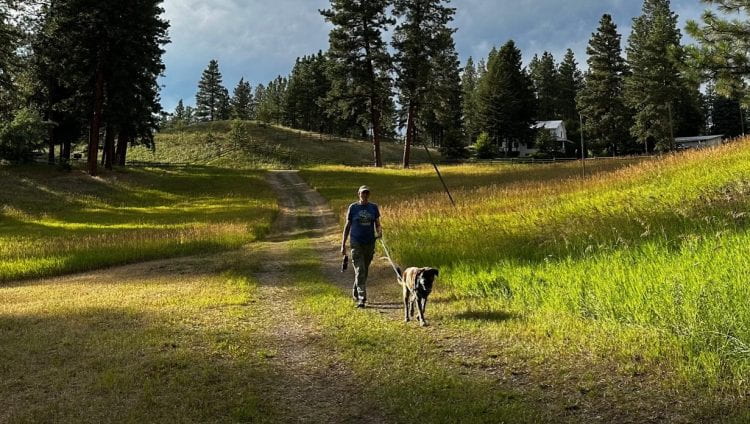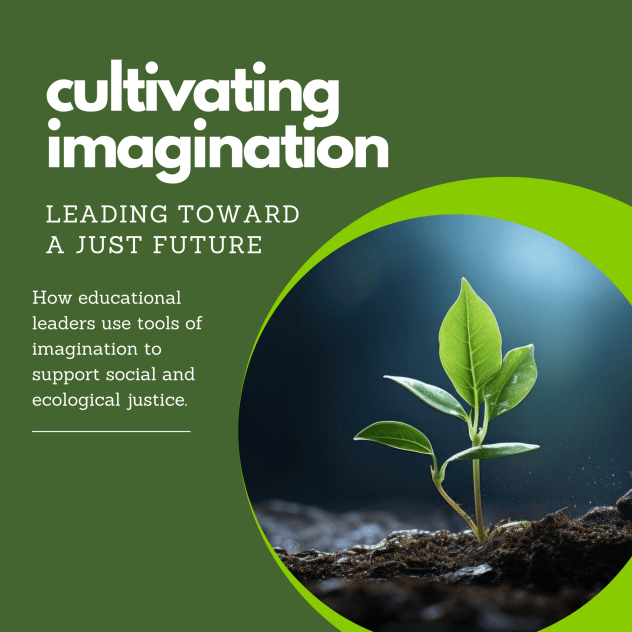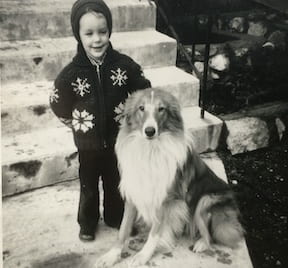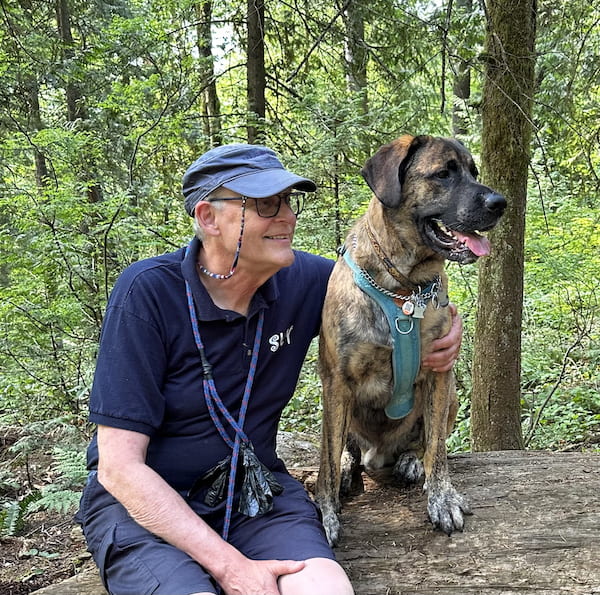by Victor Elderton, instructor and PhD candidate at Simon Fraser University
Note: This blog is an extension of the Episode 10 Cultivating Imagination podcast.
For as long as I can remember there have been four-legged companions I have shared existence with. With all of them I have been immersed in experiences through walks along streams and creeks laced together by trails on stolen unsurrendered territories of sqʷχʷoʔməʃ (Sḵwx̱wú7mesh –Squamish) and səlilwətaɬ (Tsleil–Waututh) Peoples. Today, and for most of my sixty-plus years orbiting around Sol I have Iived in the territories of Coast Salish people, what we uninvited settlers call coastal southwest British Columbia.
I have come to understand that my own sense of the more-than-human in these places is fully integrated with my life with dogs. Perhaps this relationship was what Donna Haraway (2003) in The Companion Species Manifesto: Dogs, People, and Significant Otherness, was playing with, but I have to admit that though I am inspired by Haraway’s ideas, it seems that I am only on the edge of a complete understanding of them. What I can say is that my own imagination is inextricably intertwined with the more-than-human world in this place thanks to my relational co-existence with canine companions, starting first with Pine Tree on my first birthday, then Shane, Charlie and Epee, Neelix and Baloo, Quatchi and now Bozley, in ways that I do not fully comprehend or understand. I just know that this is how I have come to know the world, and my own place within it – it’s an intuitive sense. It is also an existence that is fully integrated with a living being in inseparable ways that are not just human. I draw these sentiments from Temple Grandin’s work, Animals in Translation (Grandin & Johnson, 2006) and Animals make Us Human: Creating the best Life for Animals (Grandin & Johnson, 2010).
It is my practice with Bozley, my most recent canine companion, to walk every day. At this point in our relationship, almost 4 years, that’s close to 87,600 minutes – 1500 days and 6,000 kilometers on the forest trails near my home. I walk these wooded ways for 60-90 minutes each day with Bozley, keeping in mind a quote, apparently a favourite of Marcus Aurelius, attributed to Heraclitus:
No person ever steps in the same river twice, for it is not the same river and they are not the same person.
For the most part, our routes are similar, not varying much each day in terms of physical location, but this practice is reflexive, mediative and reflective, like a mindful labyrinth where the patterns are similar, but the contextual details are in flux, moment to moment. It is during these walks that I try to consider Doll’s (Doll & Trueit, 2013) pedagogical 4Rs, richness, relations, recursion, and rigor. Through imagination I believe that Bozley understands this pedagogical approach intuitively; it is his way of being, a way of being that I aspire to. In a tangible way, Bozley’s olfactory and auditory senses perceive details beyond the limits of my imagination and existence, and in this way, each walk with him is humbling.
I have begun to imagine that Bozley’s understanding of place is like flowing through a stream of olfactory impressions and images and through olfactory degradation he has a physical temporal sense of time in a place. Simultaneously, Bozley’s acute auditory sense integrates the immediacy of sound with those olfactory understandings. It is through Bozley’s expression of being in-place, I can catch glimmers of what being fully place-conscious could be and sense what more-than-human might actually be. In my limited way I have come to understand that even though we may be in a physical place at the same time, we are not in the same place contextually or perceptually. Our learning and understandings, as close as I might believe them to be, are not the same, they are shaped by our own unique individuality. Bozley and I are out of phase with one another, but we can come to understandings and move forward together, we can solve problems together and come up with solutions. It is a form of collaborative imagination.
It is through these walks with Bozley that he teaches me to be actively conscious that everything we are surrounded by, embraced by, lives in their own perceptions of place and yet through my imagination I can perceive a wholeness, to me the essence of more-than-human, within these woods close to my home. Through canine co-existence I envision that as we walk, I am being bathed by teaching and learning, a sea of experiential learning and enticement towards understanding. It is at these moments of realization that I have begun to consider: “what if” through more-than-human considerations other ways of being are possible, the potentials are endless, perhaps infinite, if imagination is coaxed to stretch that far. It is through these walks that I have tried to hone my own abilities to become more attuned as an educator and leader. As I link this learning further to leadership it reminds me that possibilities and potential solutions are contextual. I also recognize the uniqueness of all others and the situations we may find ourselves collectively grappling with but must never assume each situation is identical. This learning extends to my collaborative participation in Wild Pedagogies (Jickling et al, 2018), an embodied pedagogy and a pathway to solutions of societal eco-justice, climate crisis and biodiversity collapse. Through imaginative and relational educative practice these existential threats may not only be arrested but, just maybe reversed as we edge towards a cataclysmic precipice.
It is also through my walking pedagogy, connecting with the land, in relation with the more-than-human, that I play with other considerations. In what ways does my terrestrial diurnal bipedal macroscopic mammalian existence implicitly influence the possibilities of perception and understanding? In my physical existence, what are the inherent limits of my imagination? As an on-going participant in the Wild Pedagogies collective (Jickling et al., 2018), these are educative inquiries that are posed in these times of palatable loss. I suppose a question I must ask is: are my efforts and imagination up to the tasks ahead?
… time for another walk with Bozley!
PS: Should anyone reading this be interested in joining Bozley and I anytime on a walk please reach out, it’s an open invitation.
References:
Doll, W. and Trueit, D. (2013) Pragmatism, postmodernism, and complexity theory: The ‘Fascinating Imaginative Realm’ of William E. Doll, JR. London: Routledge.
Grandin, T., & Johnson, C. (2005). Animals in translation: Using the mysteries of autism to decode animal behavior. Thorndike Press.
Grandin, T., & Johnson, C. (2010). Animals make us human: Creating the best life for animals. Houghton Mifflin Harcourt.
Haraway, D.J. (2020) The Companion Species Manifesto: Dogs, people, and significant otherness. Chicago: Prickly Paradigm Press.
Jickling, B., Blenkinsop, S., Timmerman, N., & Michael., D. D. S.-S. (2018). Wild pedagogies: Touchstones for re-negotiating education and the environment in the anthropocene. Springer International Publishing.
Hear more from our leaders in the Cultivating Imagination podcast series.




